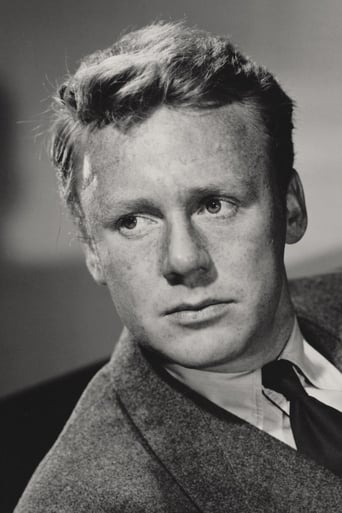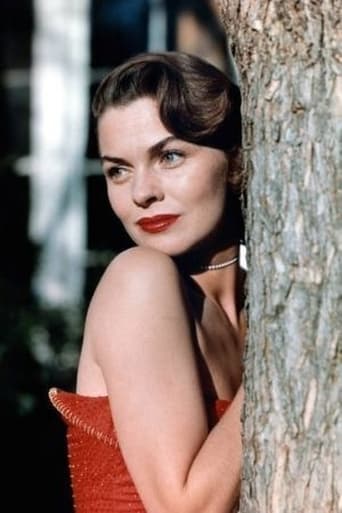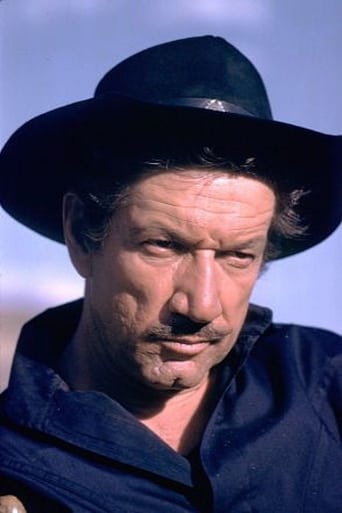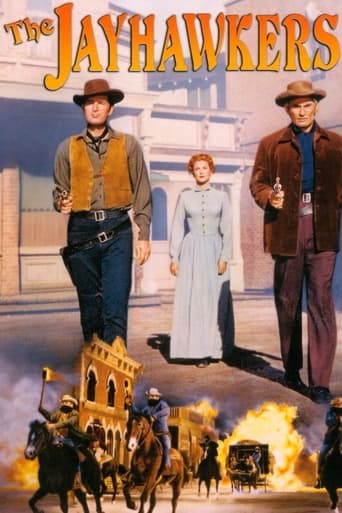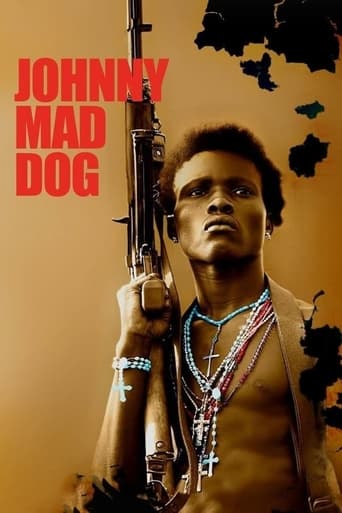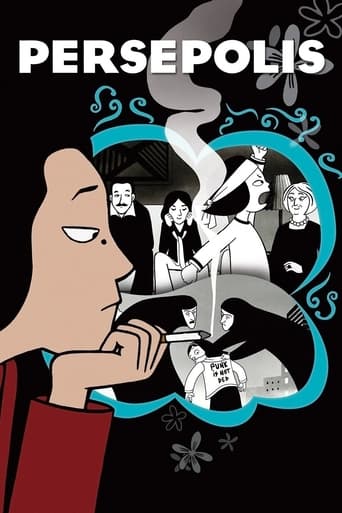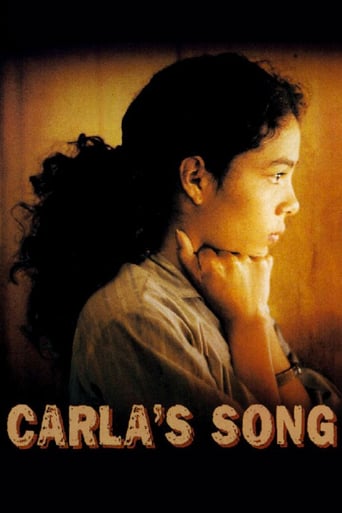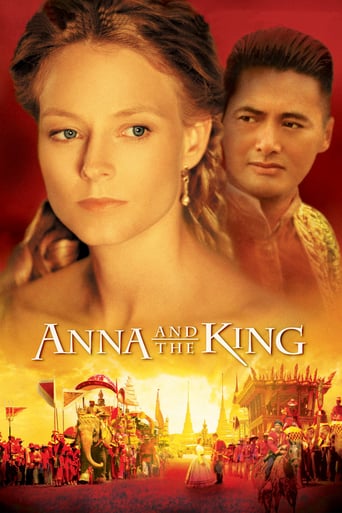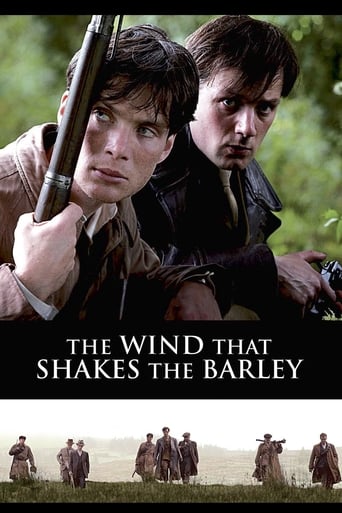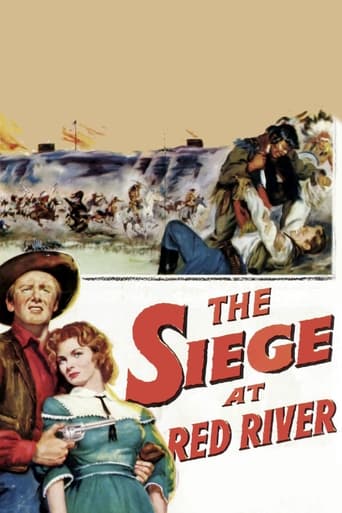
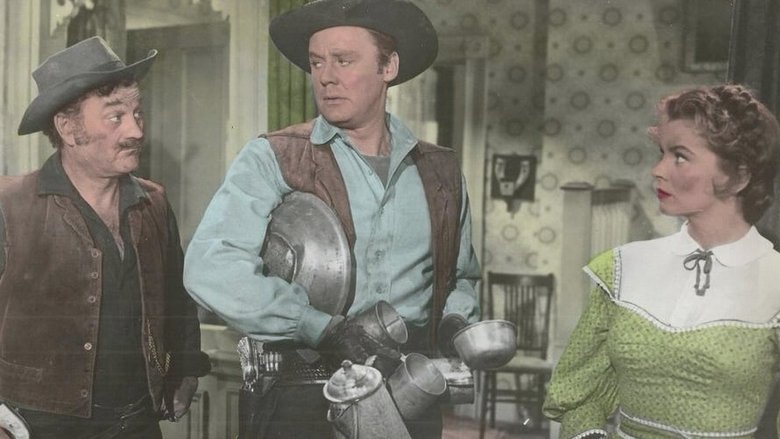
The Siege at Red River (1954)
Cavalry Captain Farraday attempts to prevent the delivery of Gatling Guns into the hands of hostile Indians.
Watch Trailer
Cast
Similar titles
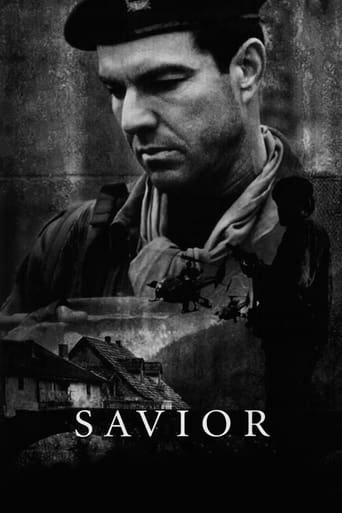
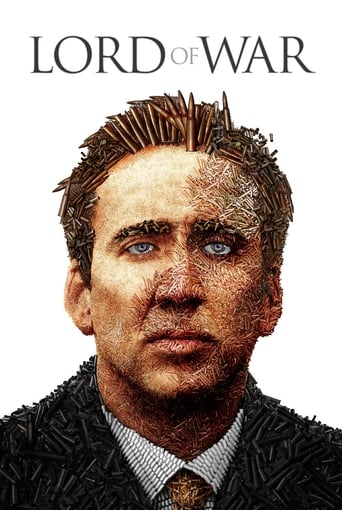
Reviews
Save your money for something good and enjoyable
Pretty Good
If you don't like this, we can't be friends.
This movie was so-so. It had it's moments, but wasn't the greatest.
It's a typical 50's Technicolor Western trotting out all the usual ingredients with the usual vim – no-nonsense people and plot was the motto.Two Rebs steal the being-developed Gatling Gun from the Feds in an ingenious segment, eventually toting it further south but ending up stuck in a small town. This town gets quickly filled to the brim with Federal soldiers still on the hunt for their gun. Van Johnson (Reb) and Joanne Dru (Fed) fall for each other of course although of course they don't realise it until the climax. What interested me was the implication that the gun could be used by civilised whites against each other in a civilised slaughter but that selling it to the savage Reds was beyond the Pale. Both Feds and Rebs are eventually united to prevent the Reds using it during the noisy 5 minute siege. And of course the implication was only the Reds were low enough to actually use the horrible weapon the Feds had had the brains to design – at the time of production America had the same idea about the Russian Reds and the atom bomb.It has a bit of everything Western in: romance and fights, trains and horses, shootings and slapstick comedy. It's fun, I loved it.
Here's the situation: I'm about 9 years old and I'm standing in front of either the Regent or Gay, small, box-like, moderately ornate cinemas known to me for their triple-bills, smokey interiors and sticky floors. In the display case is a poster for "Siege at Red River" The large lettering is red. A guy is holding onto a beautiful woman. Behind them is a burning fort and a horde of injuns battling the cavalry in blue uniforms. Cool! I note that the movie is in Technicolor. That's a plus. I pay my quarter and go in. At the candy counter I buy a cherry ice cream bar and enter the darkened auditorium.I've probably sat down in the middle of a movie, but that's okay. It's fun trying to figure out what's going on. Then "Siege at Red River" starts. The grand 20th Century Fox logo with the moving floodlights. My favourite. I sink into my seat and a surge of anticipation rushes through me. Van Johnson is blonde, sturdy and stalwart - and maybe a scoundrel. There seems to be questions about his courage, but he sure gives that soldier bully what for! The beautiful lady doctor with the red lips likes him, then hates him, so I guess they'll get together at the end. He's up to his eyeballs in trouble regarding a Gatling gun and he's mixed up with a shady character with a whip played by Richard Boone, who's really, really nasty. Hiss. Boo. There's lots of good story, some funny parts, and tons of action with guys on horseback riding furiously around. The Technicolor is vivid and the outdoor scenery, with those huge pink/orange granite cliffs, is beautiful. There's a spectacular climax, with the cavalry, trumpet blasting, arriving in the nick of time. Too bad the injuns never win, though. Funny how the guys who are shot and fall off their horses never stay on the ground.I don't know for sure if I saw this movie as a kid - there were so many - but I probably did, and I probably sat through the entire triple bill twice. As an adult I still find this movie entertaining. It delivers what it promises. I don't know, as one reviewer has suggested, if it's a metaphor for the Cold War, but its equivalent in contemporary cinema might be a Matt Damon movie with a hero who can take care of himself, nasty arms dealers and Arab strife. One thing, though - I miss the cherry ice cream bars.
In 1954, a Western about the Civil War is not just about the Civil War. 'Siege at Red River' opens with the robbery of a Union train by a bunch of outlaws. The Union soldiers, including a detective, combine the Military and the Law - they are protecting a secret new super-weapon - the Gatling Gun, the first example of mechanised warfare which means surefire victory for which ever side possesses it. If we substitute the Gatling with a nuclear warhead, the Civil War with the Cold War; and if we note that the bandits make off in a red mail van, and that their leader wears a red cravat, and we assume them as commies, than the Western becomes an Allegory. This is not surprising - from its inception the genre has celebrated the UNITED States and played out and resolved its crises, while the likes of President Reagan have used it to signify a sense of genuine Americanness, so it is natural the genre should be marshalled in such a time of perceived crisis.As the film is directed by the great Rudolph Mate, former cinematographer for, among others, Carl Dreyer, one of the genuine maestros of the cinema, we might assume that if his film is a Cold War Allegory, it will be far from simplistic. The linking of Communism with disruption, criminality, secrecy and murder is not a surprise; if we do make the link, when our first shock is that the bandit leader is played by the film's star. The benefits of the star persona - wit, charm, a (relatively) rounded personality (he is a grim avenger and gun smuggler, but also a musician, orator and gentleman; he is connected with role-play and the theatre) are in contrast with the monolithic forces of law and order; while he has multiple interests besides the war, they have only that defining interest. Further, while his motives are essentially decent and right-minded, the 'good' guys are not only street-bawling thugs, but perpetrators of vile, near-genocidal acts. The film doesn't go so far as to salvage Farraday's oppositional position - the conflict between North and South is on one level displaced on gender, where it can be resolved in romance; and on another, generic level, displaced on a third enemy - the murderous amoral smuggler and the Indians - so the opposing American forces can finally reconcile. But it's not a happy reconciliation - the massacre of the Indians is only cathartic if we ignore that they too, like the Americans in the Fort, have women and children; and the finale is only happy if we accept the couple's words, and not the narrative reality, that he is an outlaw evading justice and leaving the woman he has learned to love. This fact of separation from the site of reconciliation implicitly questions that reconciliation. There are other features - the anti-realistic use of colour; the drunk scene, where the dominant male point of view suddenly switches to the drunken, gun-shooting female, linked to her frank, disruptive, transformative sexuality and contrasted with the ship-lashing, neurotic villain; the use of song, espeically 'Tapioca', and its movement from rebel code to music hall; the argument that nation is an arbitrary series of signs - the Indians shoot first at the US flag, not the army; the image of the Niagara Falls on the music hall curtains - where national identity is constructed and negotiated, not 'natural'; a sophisticated attitude to patriotism, war and friendship - that all add up to a more thoughtful Western than its routine reputation might suggest.
Johnson as a cavalry captain trying to stop the delivery of Gatling Guns to hostile Indians. Boone, of course stands out as the heavy, in this otherwise below par oater.
